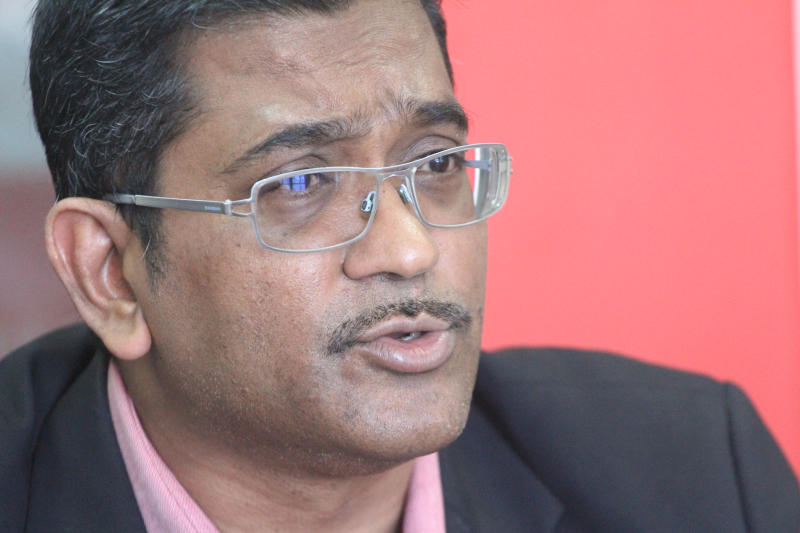×
The Standard e-Paper
Truth Without Fear

Were the budget a boxing bout and I the judge, I’d hand Treasury Cabinet Secretary Ukur Yatani a narrow win by split decision.
However, there were many views both from the private sector and various players in the economy, all feeling the effects of the global pandemic and a deep struggle in business.